Pruning Hydrangea: It Can Look Better And Produce Healthier Growth After A Trim
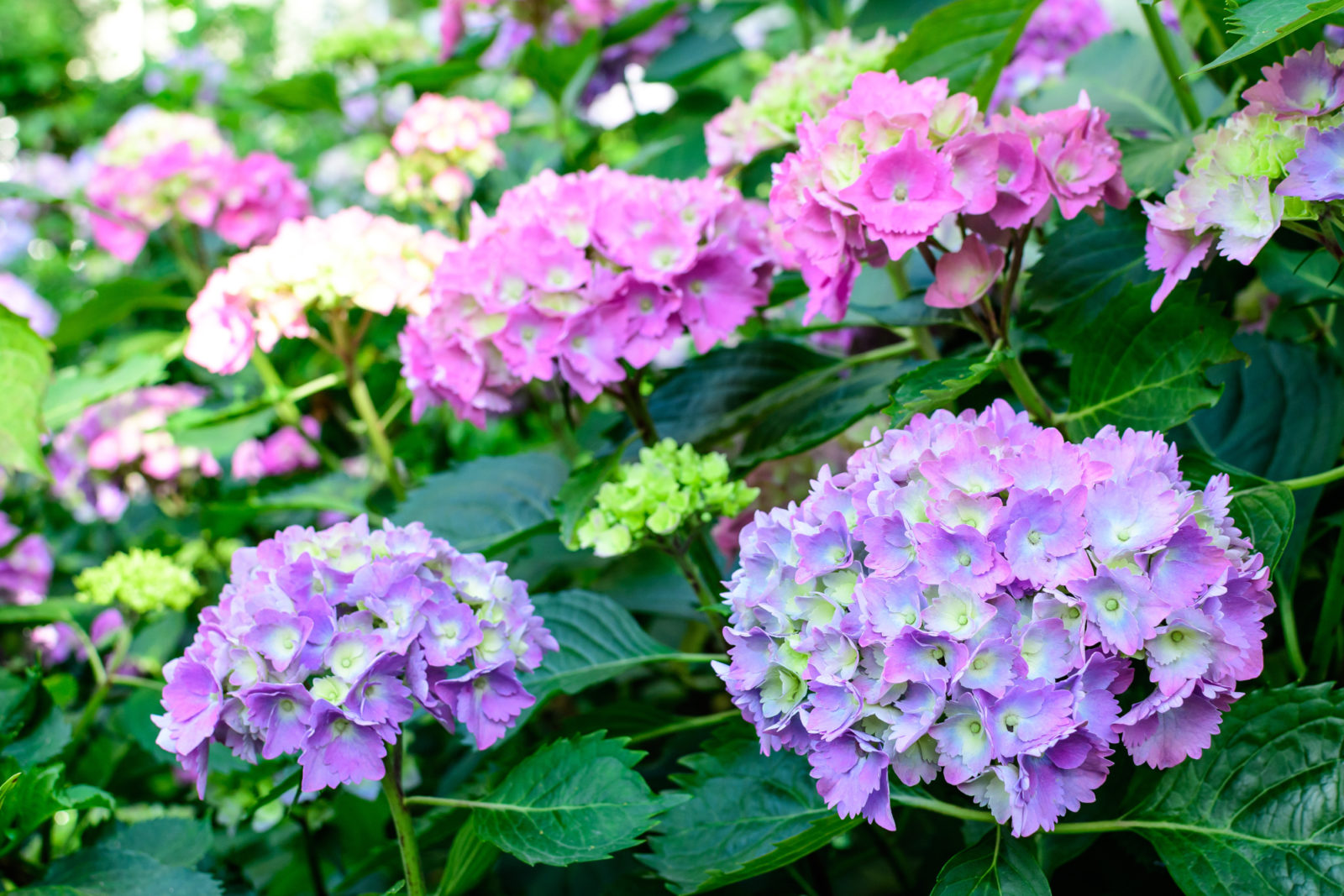

Elizabeth is a Permaculture Garden Designer, Sustainability Consultant and Professional Writer, working as an advocate for positive change. She graduated from the University of St. Andrews with an MA in English and Philosophy and obtained a Diploma in Applied Permaculture Design from the Permaculture Association.
Reviewed By COLIN SKELLY

Colin is a Horticulturist and Horticultural Consultant with experience in a range of practical and managerial roles across heritage, commercial and public horticulture. He holds the Royal Horticultural Society’s Master of Horticulture award and has a particular interest in horticultural ecology and naturalistic planting for habitat and climate resilience.
Contributions From JUDITH BLACKLOCK

Judith is the author of eighteen best-selling books on flower designs, arrangements and recipes - and is known for teaching at events including the RHS Chelsea Flower Show. She opened Judith Blacklock Flower School in Knightsbridge in 2001, which is accredited by both the British Accreditation Council (BAC) and the American Institute of Floral Designers (AIFD). Judith is a Fellow of the Institute of Horticulture.
IN THIS GUIDE
Hydrangeas are among the most popular shrubs for UK gardeners, but getting the best from your hydrangea involves understanding how and when to prune them.
The most important thing to understand about pruning hydrangeas is that they do not always need to be pruned regularly.
However, as you will discover in this article, pruning can often be beneficial – both for aesthetic reasons and for your plant’s health.
This simple guide will help you understand why pruning can sometimes be beneficial.
Why Prune Hydrangeas?
Hydrangeas are great low-maintenance plants; you do not always have to give them a lot of care and attention for them to bloom well and look good.
Certain hydrangeas can largely be left to their own devices and may not need to be pruned at all.
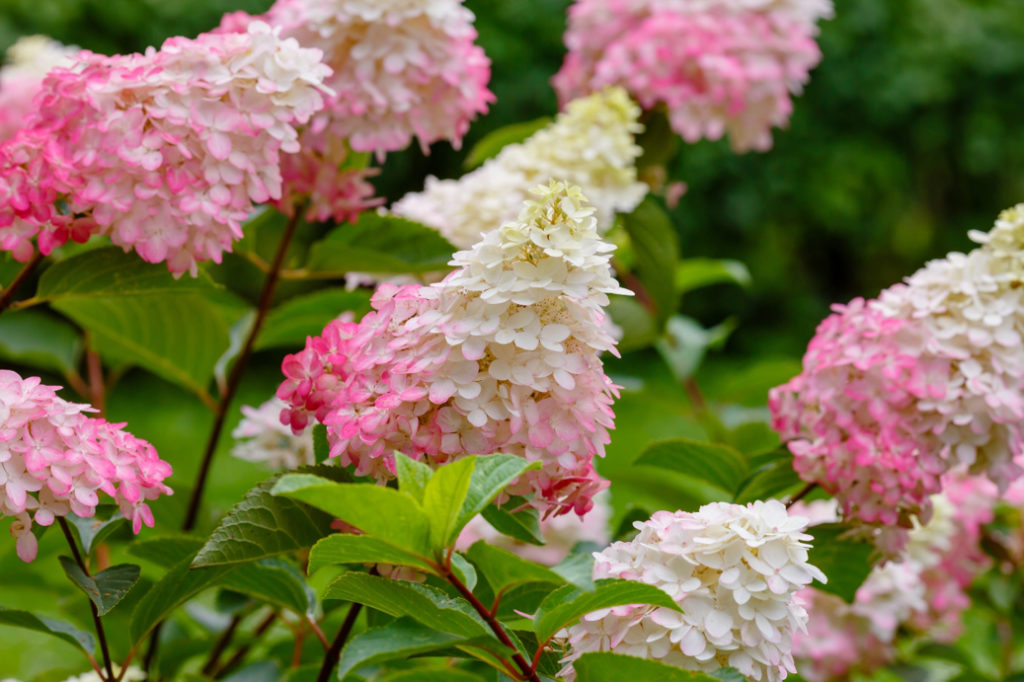
However, I find it is often best to prune hydrangeas, since even those that do not strictly need it can often look better and produce healthier, new, vigorous growth after a trim.
Pruning can help you to remove any damaged material and keep the plants more compact and less straggly.
Flowering can also sometimes be improved by judicious deadheading and/or pruning of certain types.
When To Prune Hydrangea
When you should prune hydrangeas very much depends on which type and variety you are growing.
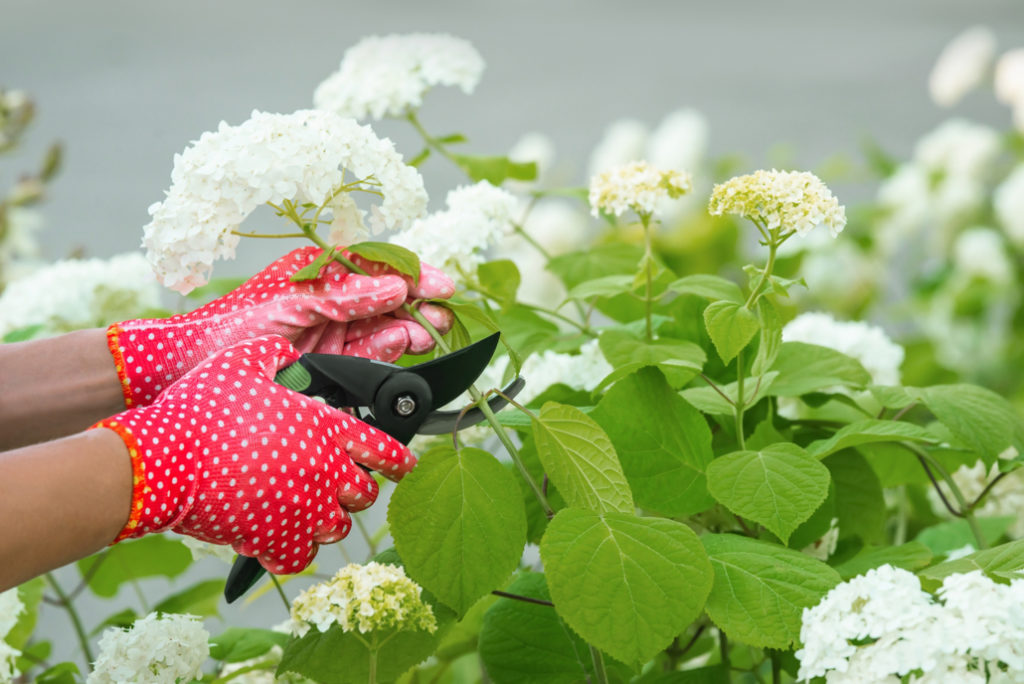
Shrub hydrangeas (the type I grow in my garden) are usually pruned in late winter or early spring, but climbing hydrangeas are usually pruned in the summer after they have flowered.
How To Identify Your Hydrangea
As mentioned above, hydrangeas are usually divided into shrub types and climbing hydrangeas.
These are categorised according to the habit of their growth.
Shrub types have bushy forms while climbing hydrangeas vine and grow up against a wall or fence.
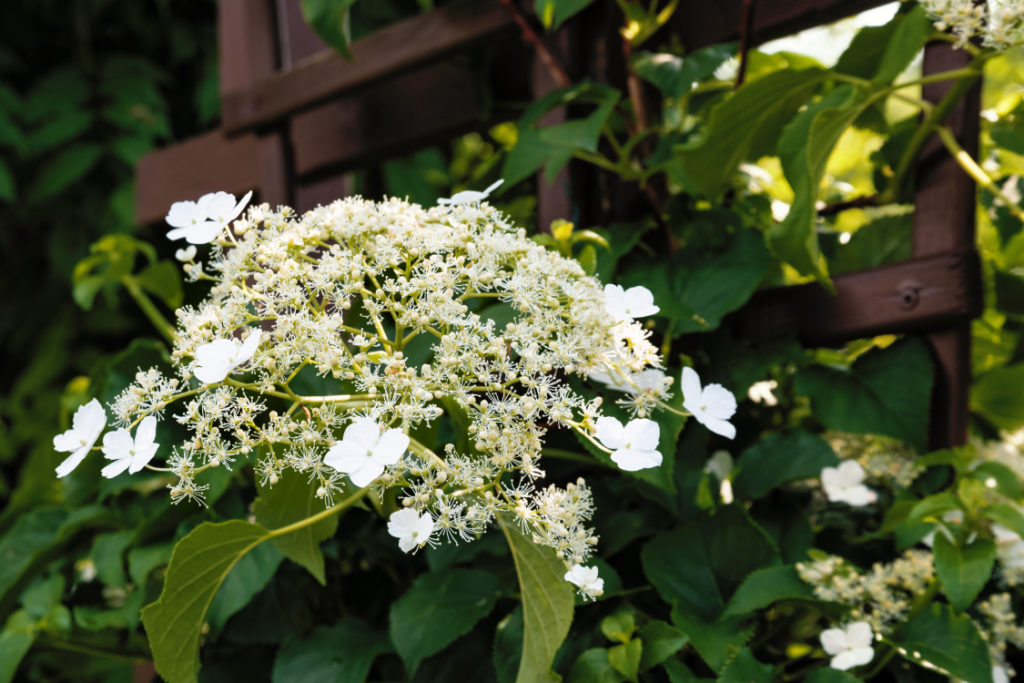
Here are some of the most common shrub types grown in UK gardens:
- Big-leaf hydrangeas, which include mophead and lacecap types, as well as the H. serrata.
- Panicle hydrangeas, like H. paniculata.
- Smooth hydrangeas (H. arborescens, for example).
- Oakleaf hydrangeas, with H. quercifolia being one of the most popular.
Equipment / Tools
You do not need a lot of equipment or tools to prune hydrangea.

All you need is a sharp and clean pair of secateurs or gardening shears and perhaps a wheelbarrow, which will make it easier for you to transfer the cut material to your compost heap.
Hydrangea Pruning For Beginners
If you are new to hydrangea pruning, follow the steps outlined below:
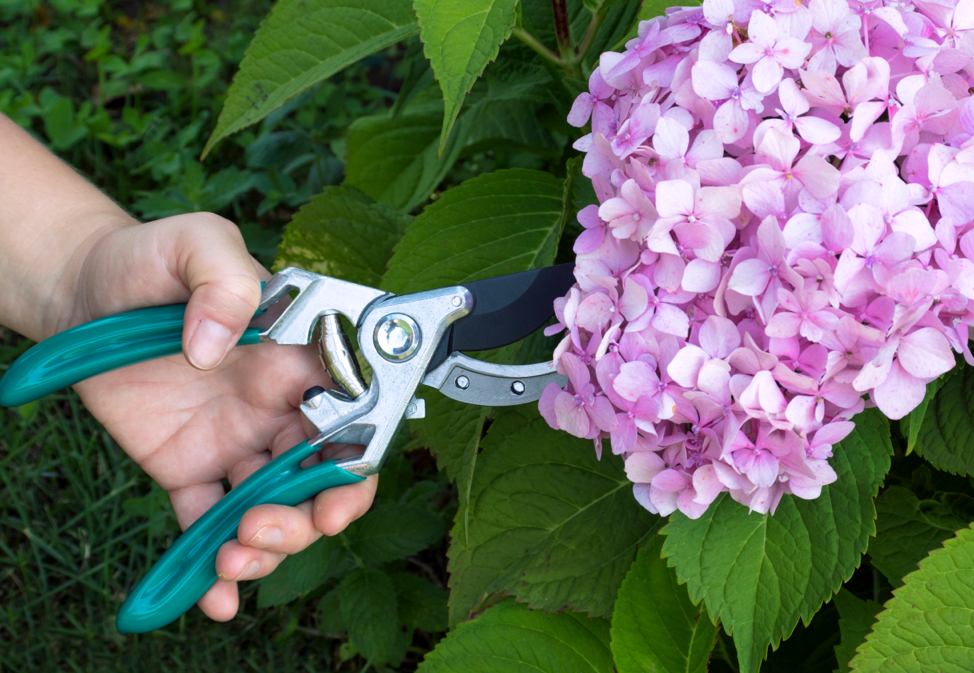
- Identify your hydrangea.
- Determine when the best time is to prune that particular type. According to RHS-Qualified Horticulturist Colin Skelly, “the RHS recommends early spring for pruning shrub Hydrangeas, except for H. macrophylla and H. serrata which it recommends to prune in mid-spring.”1How to grow shrubby hydrangeas. (n.d.). Royal Horticultural Society. Retrieved March 20, 2023, from https://www.rhs.org.uk/plants/hydrangea/shrubby/growing-guide
- Look over the shrub and carefully remove any dead, damaged or diseased material. Cut back to the first undamaged pair of buds on healthy living wood.
- Decide whether more material should be pruned away in order to improve the health and vigour of the plant, improve flowering, restrict size or improve appearance.
- When it comes to pruning hydrangea, remember that less is often more. You can always prune a little more in future, but you can’t put back what you cut off, so err on the side of caution if you are a little unsure.
“You’ve got to be sure that when you’re cutting a hydrangea bush, you only cut a third of the pleats off each year because not all, but most hydrangeas flower on the wood of the previous year,” says Floral Designer Judith Blacklock.
“So, if you remove all of the flowers, it won’t flower the next year.”
Deadheading
Both mophead and lacecap hydrangeas can usefully be deadheaded.

With lacecap types, which are generally hardier, you can cut back faded flower heads after they bloom to the second pair of leaves below.
This can be beneficial because it prevents the flowers from going to seed, so the plants won’t expend energy on this and can instead focus their energy on healthy root formation and foliage growth, as well as flowering the following year.
Mophead types, however, are somewhat more tender.
If you live in a milder area, you might consider deadheading immediately after flowering.
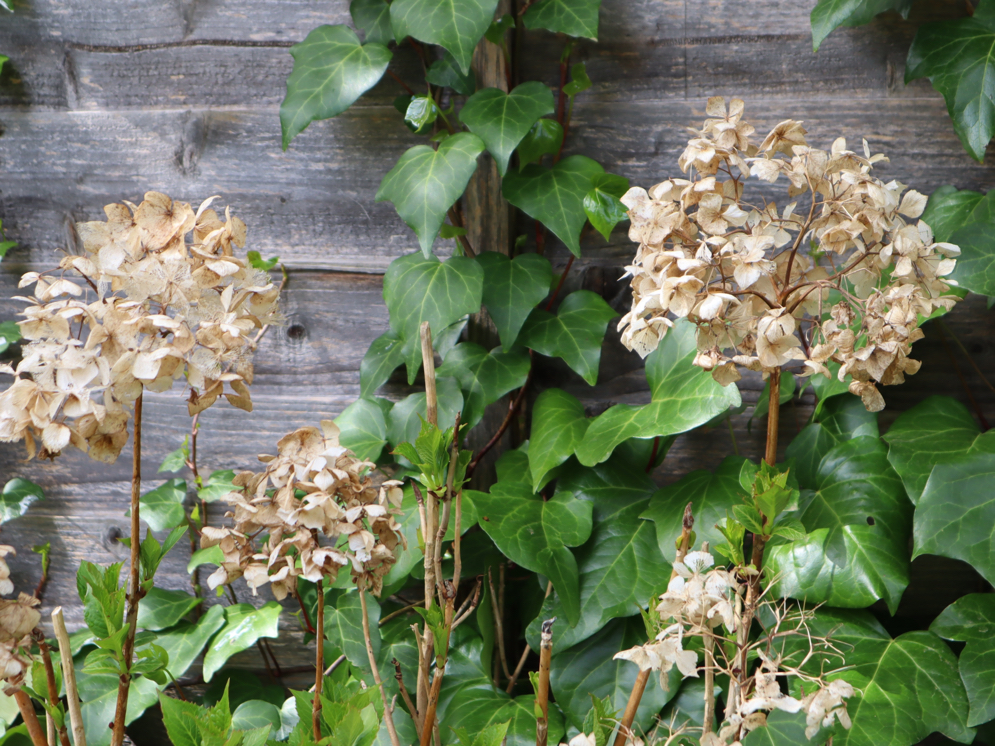
Generally speaking, I would argue it is best to leave the spent flower heads on the shrubs over winter.
Especially in northerly climes like my garden in Scotland, spent flowers provide some frost protection for the tender new growth which emerges from below them early in the year.
You can then cut off the dead flower heads in early spring, cutting back to the first healthy and strong buds below them.
Pruning Mopheads & Lacecaps
In terms of pruning, mopheads and lacecaps can be treated as one group, as they are among the hydrangeas which you do not necessarily have to prune at all.
However, it can be beneficial to cut off any dead, damaged or diseased material.
You can also keep these plants flowering well by cutting out one or two of the oldest stems on mature examples.
Prune these off close to the base.
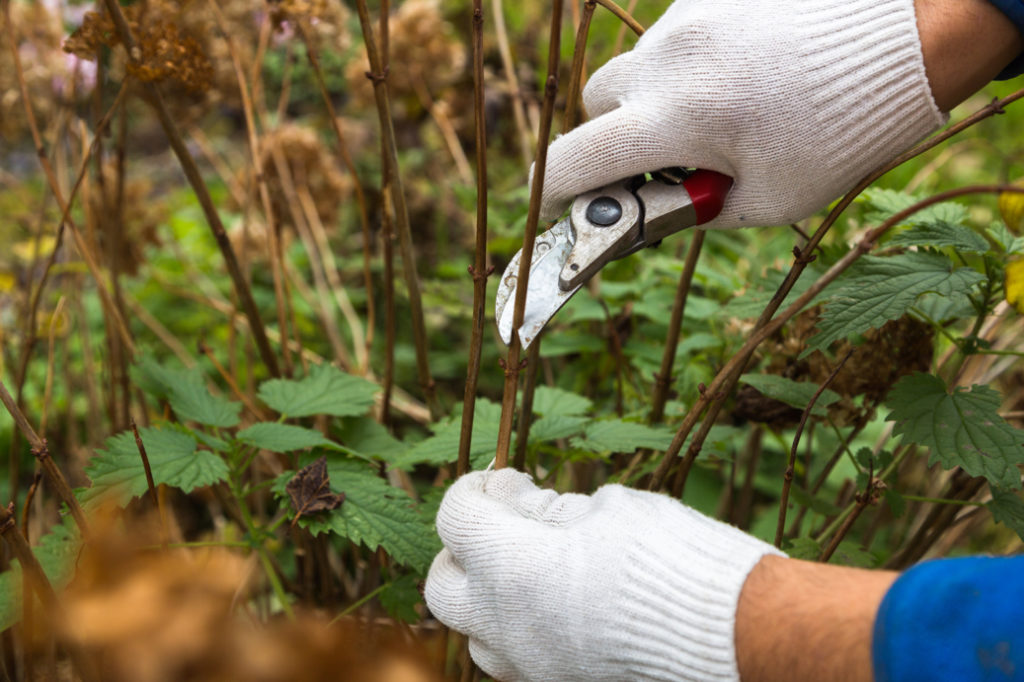
I have used this technique in the past to encourage new growth that flowers well and may be used to rejuvenate an older shrub.
If you have a large, sprawling and very straggly example of one of these hydrangeas, you can also consider hard pruning.
Cutting off all of the stems at the base should reset the shrub and encourage healthy new growth.
However, it is important to note that you will not have flowers in the year when this is undertaken and new stems will only start to flower once more the following year.
“A technique I have used to avoid losing flowers for a year,” says Colin Skelly, “is to remove one-third of the oldest stems every year for 3 years, allowing for regeneration whilst keeping some flowers during the process.
“After which you can resume deadheading and just removing straggly stems and the occasional older stem to maintain vigour.”
Pruning Climbing Hydrangeas
The key to pruning climbing hydrangeas is to cut back judiciously, leaving as much of the top of the plant unpruned as you can.
Most flowers will bloom higher up, so you can remove overly long and straggly growth lower down as long as you do not go overboard higher on the plant.
Cut back overgrown stems immediately after they have flowered and get rid of any damaged growth, or any growth showing signs of health problems.
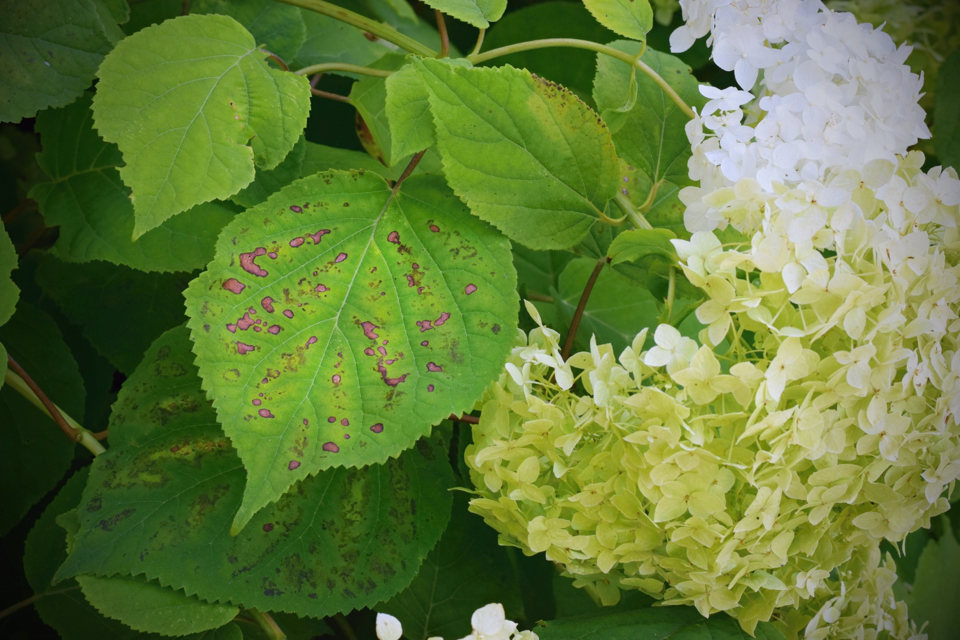
If you have a very large and overgrown specimen, it may tolerate hard pruning in the spring.
However, pruning back too severely will certainly reduce flowering, not just in the current season but likely over the next couple of summers.
If you do desire to reduce the size of a climbing hydrangea considerably, aim to do so gradually over 3-4 years so you do not lose flowering entirely.
Pruning Other Varieties
H. paniculata and H. arborescens can also often be largely left to their own devices.
The only essential pruning job is removing any dead, damaged or diseased material in spring.
However, these types will do best and flower more prolifically when you prune them back each year to a healthy framework of well-spaced branches.
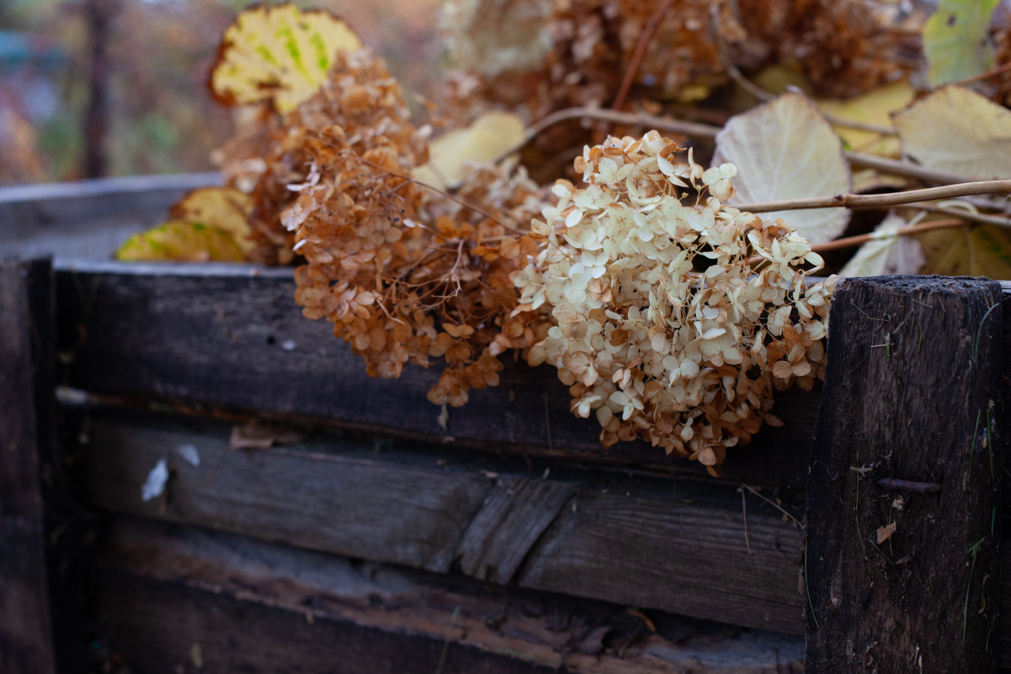
Each spring, cut back the growth of the previous year to a pair of healthy buds.
Pruning hard to the lowest pair of buds will produce larger flower panicles on strong, upright branches.
You can create a framework around 25cm high, or aim for a taller specimen by creating a framework of branches around 60cm high.
Oakleaf hydrangea and other hydrangeas such as H. aspera will usually only need light pruning in spring to get rid of any dead material, or the odd unsightly long stem.
References
- 1How to grow shrubby hydrangeas. (n.d.). Royal Horticultural Society. Retrieved March 20, 2023, from https://www.rhs.org.uk/plants/hydrangea/shrubby/growing-guide
